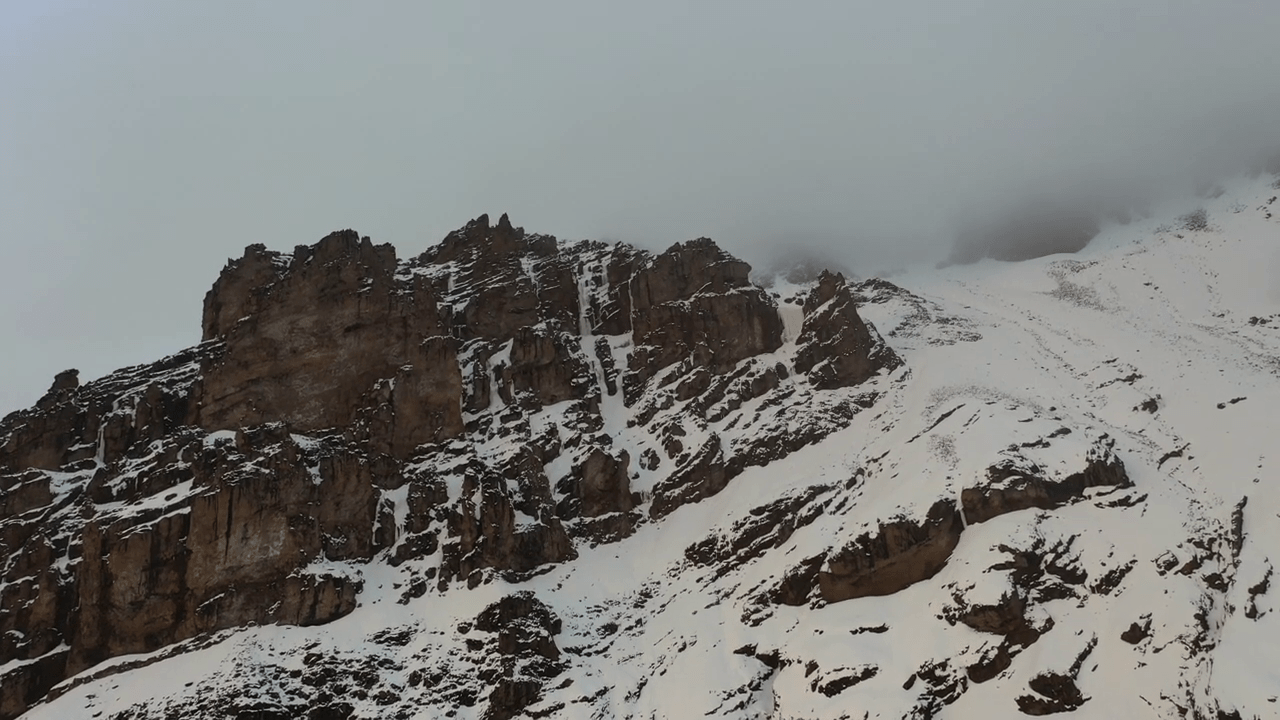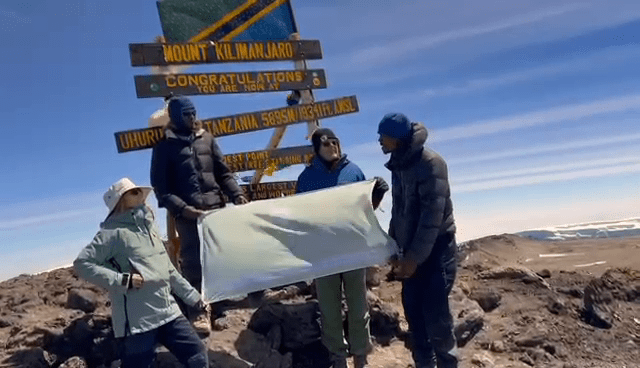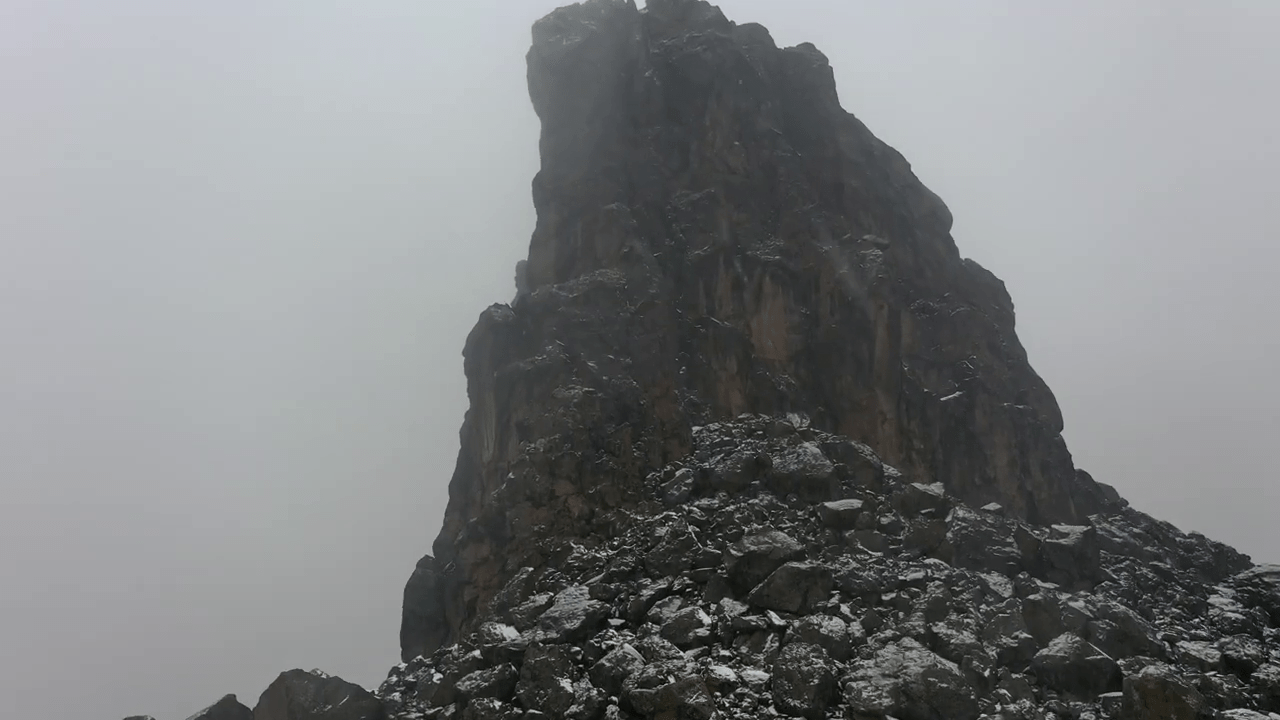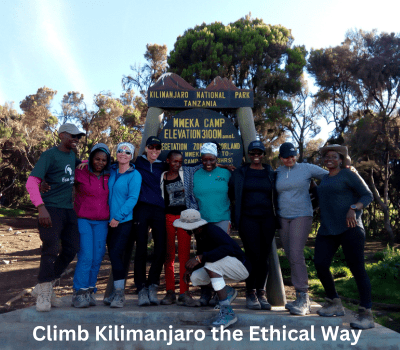Can I Climb Kilimanjaro Africa If I Have a Fear of Heights

Introduction
Mount Kilimanjaro, standing at 5,895 meters (19,341 feet), is the tallest mountain in Africa and one of the most sought-after trekking destinations in the world. It’s not only a physical challenge but also a mental one. Many potential climbers ask an important question: “Can I climb Kilimanjaro if I have a fear of heights?”
The short answer? Yes, you absolutely can. Fear of heights — also known as acrophobia — is a common concern, but it doesn’t have to stop you from reaching Uhuru Peak. In fact, many climbers with varying degrees of height anxiety have successfully completed the climb with the right preparation, support system, and route selection.
In this guide, we’ll break down the psychology of acrophobia, explore how Kilimanjaro’s trails are designed, recommend the best routes for fearful climbers, and share proven tips from Eco-Africa Climbing — one of Tanzania’s top-rated ethical trekking companies.
Understanding the Fear of Heights
Let’s start with what a fear of heights actually is. Acrophobia affects nearly 1 in 20 people and can range from mild unease to full-blown panic attacks when exposed to high places. Common symptoms include:
- Dizziness or lightheadedness
- Shortness of breath
- Sweaty palms
- Nausea
- Racing heartbeat
- Feeling like you’re going to fall or lose balance
It’s worth noting that this fear doesn’t usually stem from being at high altitudes, but rather being near edges, looking down steep drops, or standing on narrow ledges. On Kilimanjaro, most of the terrain doesn’t pose those challenges — a critical insight for anyone nervous about heights.
The good news? Climbing Kilimanjaro involves no technical climbing, no ropes, and no dangerous cliff ledges. The trails are wide, well-traveled, and designed for hikers, not mountaineers.
What Is the Terrain on Kilimanjaro Really Like?
Kilimanjaro features multiple routes, each with slightly different landscapes. But overall, here’s what you can expect:
- Well-defined trails: All routes are established trekking paths. No sheer drops.
- Rolling terrain: Especially on routes like Lemosho and Machame, you’ll hike through gentle inclines, not jagged cliffs.
- Open mountain slopes: Most of the ascent is on broad slopes with lots of room to walk.
- Minimal exposure: Only a few areas may make acrophobic climbers mildly uncomfortable — like the Barranco Wall (more on that below).
You don’t have to dangle over ledges or scale cliffs. The entire journey is a hike — not a climb. If you can walk a hilly trail, you can physically manage Kilimanjaro’s terrain.
Still unsure? Talk to our experts or review videos of the routes. Contact Eco-Africa Climbing to get personalized advice.
The Only Challenging Section: Barranco Wall
Let’s address the one section that sometimes triggers climbers with a fear of heights — the Barranco Wall. Found on the Lemosho, Machame, and Umbwe routes, this rock face is about 257 meters (843 feet) tall and is tackled on Day 4 or 5, depending on your itinerary.
Here’s what you should know:
- No technical climbing — it’s more of a scramble using hands for balance.
- No cliffs — while you gain elevation quickly, the trail is wide enough to feel safe.
- One short narrow spot (“the kissing rock”) where you hug the wall briefly.
- Hundreds of people do it every day — often with smiles and laughter.
If Barranco Wall worries you, choose a route like the Rongai Route or Northern Circuit. These skip the wall entirely and are perfect for acrophobic trekkers.
Best Kilimanjaro Routes for Those with Fear of Heights
Not all Kilimanjaro routes are created equal when it comes to height exposure. If you’re acrophobic or just uneasy about drops and ridges, choosing the right path can make or break your experience. Here are the safest and most fear-friendly options, ranked:
1. Northern Circuit Route
The Northern Circuit is the longest and most remote route — and also the best for those with a fear of heights. It avoids steep scrambles and exposed ledges entirely. You’ll enjoy solitude, incredible scenery, and gentle acclimatization over 9 days.
2. Rongai Route
The Rongai Route is the only trail that approaches Kilimanjaro from the north. It’s dry, gradual, and skips the Barranco Wall. Terrain is mostly forest, alpine desert, and open slopes — all without dramatic height drops.
3. Marangu Route
Although the Marangu Route is shorter and ascends faster, it’s gentle in terms of exposure. It’s the only route with hut accommodations (no camping), and its terrain is wide and moderate. Great for nervous trekkers — but remember, less time = lower summit success.
You can compare all route options here: Best Kilimanjaro Route Comparison
Mental Preparation Techniques for Acrophobia
Mental training is just as important as physical fitness if you have a fear of heights. Here are proven techniques that help hundreds of climbers:
- Visualization: Picture yourself calmly walking the trail, breathing steadily, and feeling confident.
- Breath Control: Deep, controlled breathing lowers anxiety and increases focus.
- Exposure Therapy: Try local hikes that gradually increase elevation and exposure to height.
- Affirmations: Repeating phrases like “I’m safe, I’m strong, I’ve got this” rewires fear response.
- Travel with a calm guide: Your guide’s energy affects yours. At Eco-Africa Climbing, all guides are trained to handle nervous trekkers with patience and encouragement.
Some climbers also find it helpful to talk with others who’ve done it. Ask for client referrals or check this:
Eco-Africa TripAdvisor Reviews
Real Stories: Clients Who Conquered Their Fears
At Eco-Africa Climbing, we’ve guided hundreds of clients who began their journey afraid of heights — but stood on the summit smiling with pride. Here are two real stories that prove fear doesn’t have to stop you:
Sarah from Canada – 8-Day Lemosho
“I cried the first time I saw the Barranco Wall in person. But my guide gently talked me through it, step-by-step. I focused on his boots, not the drop beside me. By the top, I was laughing! I never imagined I’d make it to the summit — but I did!”
Marco from Italy – 9-Day Northern Circuit
“I chose the Northern Circuit specifically to avoid any steep sections. I never felt unsafe. The guides were so reassuring and professional. I honestly forgot I was scared of heights until the trip was over. Highly recommend this route to anyone like me.”
These aren’t exceptions — they’re common. Your fear is valid, but it’s also manageable. With proper planning, the right support, and a route that avoids tricky terrain, you can absolutely make it to the summit.
What the Trails Actually Look Like: Terrain Overview
Still feeling unsure about what you’ll see underfoot on the mountain? Let’s clarify what the terrain really looks like — with zero hype, just facts.
- Rainforest Zone (1,800–3,000m): Wide forest trails, soft earth, shaded canopy. No exposure. Like a national park walk.
- Heather & Moorland (3,000–4,000m): Gentle uphill climbs, wide rocky trails, low vegetation. Easy to navigate.
- Alpine Desert (4,000–5,000m): Open, moon-like terrain with occasional rocks. Great visibility, very little altitude drop-offs.
- Arctic Zone (above 5,000m): Glacial gravel, packed snow or ice near the summit. Nothing steep, just slow going due to altitude.
Even on the summit night, the trail is a zig-zag path up a loose gravel slope. You don’t see “down.” You just see your feet, your team, and the path ahead. Trust your boots, follow your guide, and you’ll feel secure.
Want to see what the trail looks like? Visit:
Kilimanjaro Trail Conditions
Why Your Guide Makes All the Difference
If you’re nervous about heights, your greatest ally isn’t your boots or gear — it’s your guide. A calm, experienced guide helps you move with confidence, encourages you through tight spots, and sets the right pace to avoid altitude stress.
At Eco-Africa Climbing, every mountain guide is:
- Fluent in English, Swahili, and emotional support 💬
- Trained in altitude sickness response and fear management
- Equipped with first aid, pulse oximeters, and emergency oxygen
- Experienced with nervous climbers, solo hikers, and all ages
You’re never alone on Kilimanjaro. You climb as a team, and your guide walks with you step-by-step, especially during sections like Barranco Wall (if you choose that route).
How Eco-Africa Climbing Supports Nervous Trekkers
At Eco-Africa Climbing, climbers with anxiety or acrophobia aren’t treated like a burden — they’re supported with patience, compassion, and professionalism. Here’s how they help:
- Custom pace setting: No rush, ever. You walk at your speed. No pressure.
- Route selection guidance: They’ll suggest the most height-friendly itinerary for you.
- Pre-climb coaching: Talk to your guide before you even step on the trail.
- Flexible summit plans: If needed, they adjust pace, rest days, or even turnaround plans to keep you safe and calm.
They believe everyone deserves a shot at the summit — and they’ll do everything to help you succeed. Learn more about what’s included:
What’s Included in the Package
Tipping and Fair Treatment of Crew
Climbers often worry that asking for extra help or slowing down the group might cause friction with crew. Not with a KPAP-verified operator like Eco-Africa. Their crew is treated with dignity, fairness, and respect.
They receive:
- Fair wages and ethical tipping guidelines
- Porter weight limits enforced
- Proper food, gear, and accommodation
Check their ethical commitment here:
Kilimanjaro Tipping Guide
|
Why Eco-Africa Climbing
Final Word: Fear Doesn’t Mean Failure
Having a fear of heights doesn’t disqualify you from climbing Mount Kilimanjaro. In fact, most of the trails are far gentler and safer than people imagine. With the right route, proper preparation, and a supportive guide team, even nervous trekkers can reach Uhuru Peak with pride.
Don’t let your fear of heights silence your dream of standing on the roof of Africa. Every day, people just like you overcome fear — not because it’s easy, but because they have the right team beside them.
If you’re serious about the climb, reach out to Eco-Africa Climbing today. They’ll help you choose the safest route, train your mind and body, and guide you all the way to the summit — at your pace, with full support.
Helpful Resources
- Kilimanjaro Route Comparison
- Gear Checklist
- What to Pack in Your Day Pack
- Kilimanjaro Training Plan
- Safety on Kilimanjaro
FAQs: Climbing Kilimanjaro with a Fear of Heights
Is Kilimanjaro a scary climb for people with fear of heights?
Not at all. Most routes involve wide trails, not cliffs or narrow ridgelines. It’s a hike, not a technical climb.
Do I have to do the Barranco Wall?
No. Routes like Rongai and Northern Circuit avoid the Barranco Wall completely.
Can I climb solo with extra support?
Yes. Eco-Africa offers private climbs with full crew support, so you always feel safe.
What if I freeze or panic during the climb?
Your guide will be right there. They’ve helped hundreds of anxious climbers move forward calmly and confidently.
Is it worth trying despite my fear?
Absolutely. The confidence you gain by reaching the summit is life-changing. Many climbers say it helped them overcome other fears too.
Conclusion: Yes, You Can Climb Kilimanjaro with a Fear of Heights
Kilimanjaro isn’t just a mountain — it’s a metaphor. And your journey to its summit can be a journey past your fears. If you’ve got the dream and the will, the mountain will meet you halfway.
Let Eco-Africa Climbing walk with you every step of the way. Book your climb today and let’s prove that courage is not the absence of fear — it’s moving forward in spite of it.
Share:
Related Posts

bathroom on mountain kilimanjaro
Bathroom on Mountain Kilimanjaro: What to Expect and How to Prepare Introduction One of the most common — and least discussed — questions from people

Are Guides Readily Available in Tanzania Without Prior Booking?
Are Guides Readily Available in Tanzania Without Prior Booking? Introduction: Should You Risk Climbing Without Pre-Booking? Climbing Mount Kilimanjaro is a dream for many adventurers.

How Can I Find a Reliable Local Guide for My Kilimanjaro Expedition?
How Can I Find a Reliable Local Guide for My Kilimanjaro Expedition? Introduction: Why the Right Guide Is Key to Kilimanjaro Success Climbing Mount Kilimanjaro

Is Climbing Kilimanjaro Dangerous for Individuals Without Mountaineering Experience?
Is Climbing Kilimanjaro Dangerous for Individuals Without Mountaineering Experience? Introduction: The Myth of Danger and Experience Many aspiring adventurers wonder if climbing Mount Kilimanjaro is
